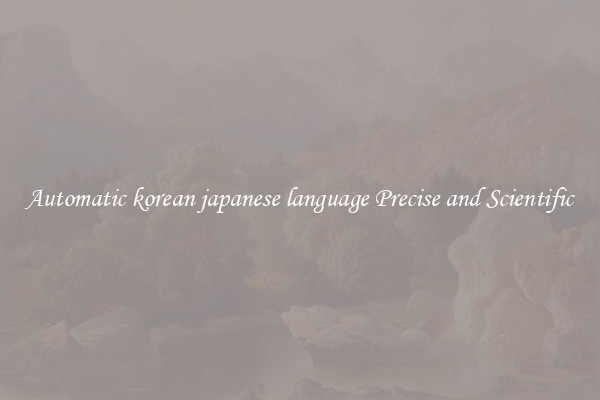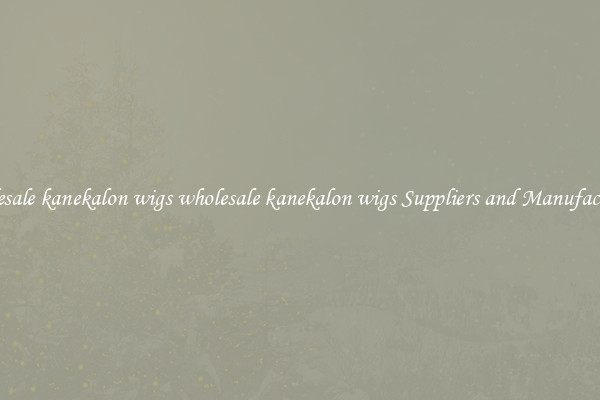Automatic korean japanese language Precise and Scientific
Automatic language translation has come a long way in recent years, with advanced algorithms and machine learning techniques enabling more precise and scientific translations than ever before. One such example is the automatic translation of Korean and Japanese languages, two languages that are notoriously difficult to translate accurately due to their intricate grammatical structures and nuances.

The advancements in machine translation have allowed for a more seamless and accurate translation of Korean and Japanese texts. These algorithms are able to analyze sentence structures, context, and cultural nuances to provide a more precise translation. This has been particularly useful for businesses and individuals who need to communicate effectively in both languages without the need for human translators.
One of the key benefits of automatic Korean and Japanese language translations is the speed at which they can translate large volumes of text. This can save businesses time and money, as they no longer need to rely on human translators to manually translate documents. Additionally, the precision of these translations ensures that important messages are conveyed accurately and without any misunderstandings.
Another advantage of automatic Korean and Japanese language translations is their scientific approach to language processing. These algorithms are constantly learning and improving, which means that the translations they provide are continually getting more accurate and reliable. This is crucial for businesses that rely on precise language translations for their operations.
While automatic translations are not without their limitations, the advancements in technology have made them a viable option for businesses and individuals looking to communicate effectively in Korean and Japanese. As these algorithms continue to improve, we can expect even more precise and scientific translations in the future. Overall, automatic Korean and Japanese language translations have revolutionized the way we communicate across language barriers and have made it easier than ever to bridge the gap between different cultures and languages.

View details

View details

View details

View details








